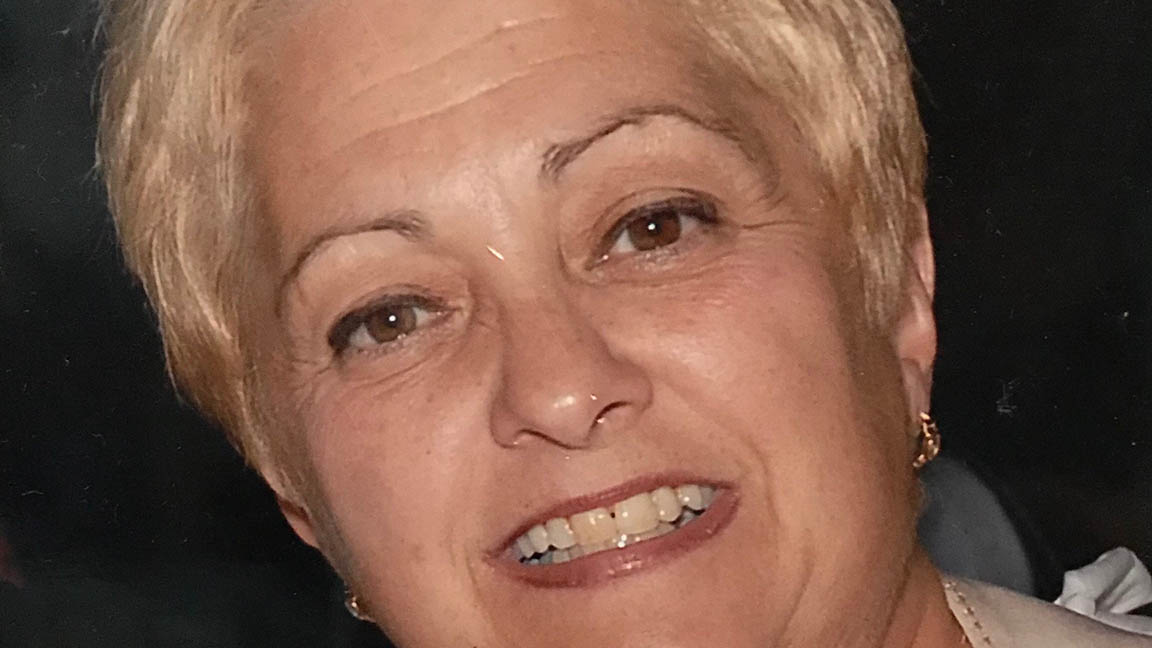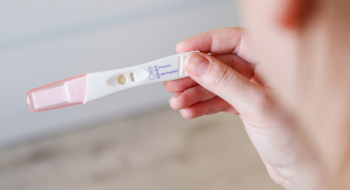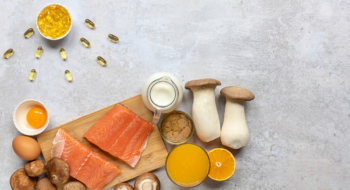A certain frustration creeps in when chronic pain goes unanswered by traditional therapies.
That’s where Johanna Gersten was when Tidelands Health physical therapist Michelle Angelo suggested she consider dry needling.
A 2008 accident left Gersten, a retired licensed mental health worker who lives in New York and winters in Myrtle Beach, “twisted as a pretzel” and unable to completely turn her head to the left or to the right without pain in her neck or shoulder, she says. By the time Angelo suggested dry needling, Gersten feared there might not be a solution for the pain that dogged her.
“I lived with discomfort quite a bit,” says Gersten. “When Michelle suggested dry needling, I was leery in the beginning. But the worse I got, the more I felt I had to do something.”
Angelo referred Gersten to Kristin Dorio, a senior physical therapist who offers dry needling at Tidelands Health Rehabilitation Services at Murrells Inlet.
In dry needling, a “dry” needle (without medication) is inserted through the skin and into the tight areas and knots of a muscle, called trigger points, Dorio says. Trigger points are knots that contribute to pain and decrease muscle function and flexibility, and they can originate from poor posture or repetitive stress.
Inserting the tiny needle prompts a reaction in the muscle that causes it to relax, Dorio says. The needle stimulates the body’s normal response to heal itself.
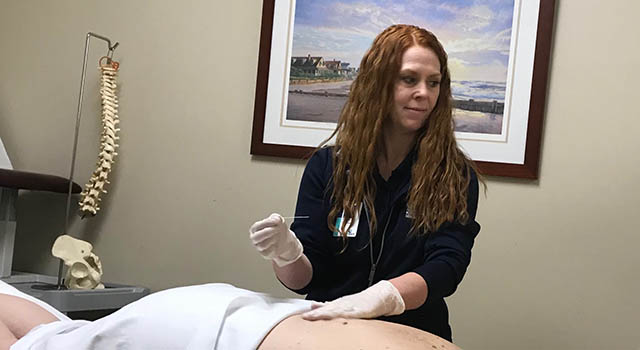
Kristin Dorio, a senior physical therapist at Tidelands Health Rehabilitation Services at Murrells Inlet, performs dry needling on Johanna Gersten. The therapy has been "incredibly beneficial," Gersten says.
Dry needling treatment has been successful for patients who’ve exhausted other treatment options, including massage therapy, for painful muscle-related conditions. The approach can also work for headaches, which have also plagued Gersten.
Gersten says the results of her first procedure in early 2018, a day in which she was very uncomfortable, were an unexpected sign of hope.
Dorio measures patients’ movements at the beginning of each session then measures again after the dry needling procedure.
“After the procedure, she remeasured and I said, ‘Wow. I can’t feel any pain and I can move my neck,” Gersten says. “I get spasms where you can actually see the lump and the stiffness, and it has helped me immensely. I can turn my neck without stiffness and pain and the headaches are not as frequent. I can be headache-free for days. It was phenomenal.”
Gersten says she was skeptical of dry needling at first, but she’d recommend the treatment for others who suffer as she has.
“Kristin explained what areas she was working in and what was going on, and she broke it down in layman’s terms,” she said.
While it was uncomfortable at first, the results have been incredibly beneficial, she says. She’s hoping the therapy will be able to help her avoid invasive surgeries, including one on the spine, to address her chronic pain.
“It takes about three sessions before you totally relax,” she says. “In the beginning there’s anxiety and stress … but by the third time, you’re able to not have the anxiety any longer. Within five hours, I felt like a new person.”
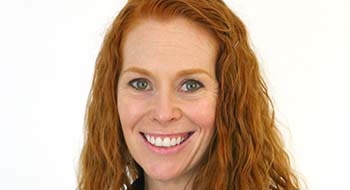
Kristin Dorio
Listen in
Listen to this Better Health Radio podcast as Kristin Dorio, a senior physical therapist at Tidelands Health Rehabilitation Services at Murrells Inlet, discusses dry needling.
The relief is felt right away, but the full effects typically come the next day, she says.
“The discomfort is well worth the result,” she says. “I’d recommend it to anyone.”
Dorio says she and others are still working to inform the public about dry needling and its therapeutic value.
Some mistake it for a form of acupuncture, but it’s completely different, she says.
While both dry needling and acupuncture use the same type of needles, the similarities end there. Acupuncture is based on ancient Chinese holistic medicine, targeting “meridians” mapped out by philosophers looking to track the movement of “chi,” or energy, through the body, she says.
Dry needling is clinical and the treatment and goals are different because it targets the source of muscle-related pain: muscles.
